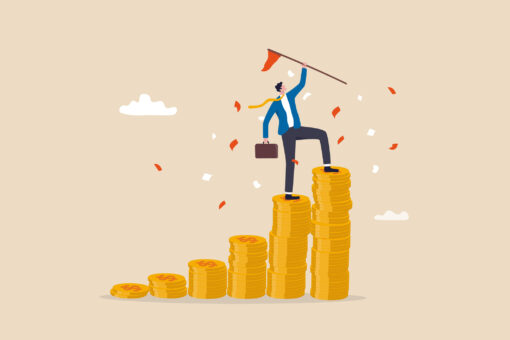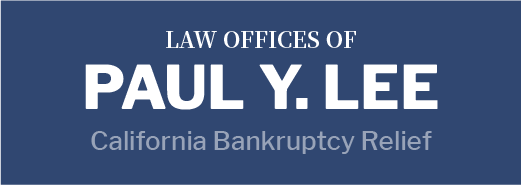
In the face of overwhelming debt, filing for bankruptcy can offer a beacon of hope, providing a fresh start and a path to financial freedom. However, the decision to file for bankruptcy is not one to be taken lightly. It’s essential to understand the different bankruptcy options available in California, as well as the implications of each.
At The Law Offices of Paul Y. Lee, we are committed to guiding you through this complex process, ensuring you make informed decisions that align with your financial goals. Contact us now at 951-755-1000 for a consultation.
Understanding Your Bankruptcy Options
The two most common forms of bankruptcy for individuals in California are Chapter 7 and Chapter 13. Each type serves a different purpose and has unique eligibility requirements.
Chapter 7 Bankruptcy: Liquidation
Chapter 7 bankruptcy, often referred to as liquidation bankruptcy, is designed to discharge most of your unsecured debts, such as credit card debt, medical bills, and personal loans. To qualify, you must pass the “means test,” which compares your income to the median income for a household of your size in California. If your income is below the median, you likely qualify for Chapter 7.
One of the main concerns with Chapter 7 is the potential for losing some of your property. However, California’s exemption laws allow you to keep most, if not all, of your personal assets, including a certain amount of equity in your home, vehicle, household goods, and retirement accounts.
Chapter 13 Bankruptcy: Reorganization
Chapter 13 bankruptcy is more of a debt reorganization plan and is suited for individuals with a regular income who can afford to make monthly payments towards their debts. Under Chapter 13, you propose a repayment plan to pay back all or a portion of your debts over three to five years. This option can be particularly beneficial if you’re trying to avoid foreclosure on your home, as it allows you to catch up on missed mortgage payments through the repayment plan.
One of the significant advantages of Chapter 13 is the ability to keep your property while reorganizing your debts under more manageable terms. Additionally, Chapter 13 can offer a way to reduce the principal balance on certain secured debts, such as car loans, to the current market value of the collateral.
The Bankruptcy Process in California
The bankruptcy process begins with credit counseling from an approved agency, which is a requirement for both Chapter 7 and Chapter 13 filings. Following counseling, the necessary paperwork, including the petition, schedules, and statement of financial affairs, must be completed and filed with the bankruptcy court serving your area of California.
For Chapter 7, after filing, a trustee is appointed to oversee your case, sell any non-exempt assets, and use the proceeds to pay your creditors. The process typically takes about four to six months, and most debts are discharged, meaning you are no longer legally required to pay them.
For Chapter 13, the process is longer due to the repayment plan. After filing, you’ll begin making payments according to your proposed plan, pending approval by the court. Once the plan is approved, you continue making payments, and as long as you adhere to the terms, the remaining dischargeable debt will be wiped clean at the end of the plan period.
How California Bankruptcy Relief Can Help
At The Law Offices of Paul Y. Lee, we understand the emotional and financial challenges that come with deciding to file for bankruptcy. Our experienced team is here to provide compassionate, comprehensive guidance tailored to your unique situation. We’ll help you understand your options, navigate the complexities of bankruptcy law in California, and set you on the path to financial recovery.
If you’re considering bankruptcy as a solution to your financial struggles, contact us at 951-755-1000. Let us help you take the first step towards reclaiming your financial independence and achieving the fresh start you deserve.

